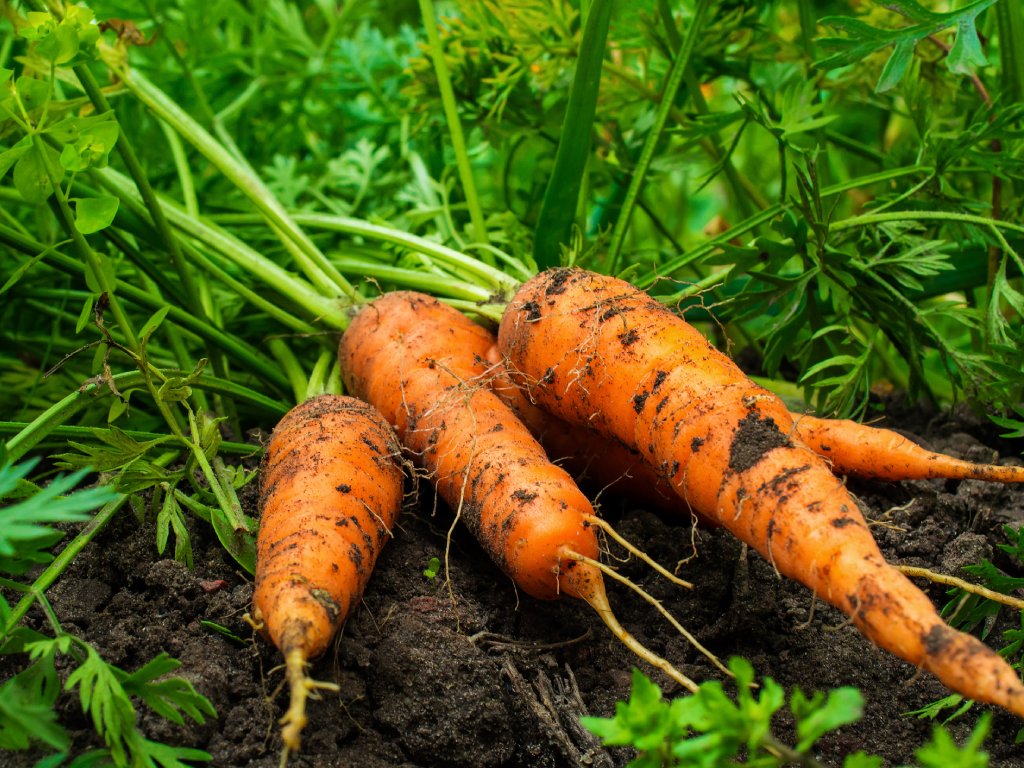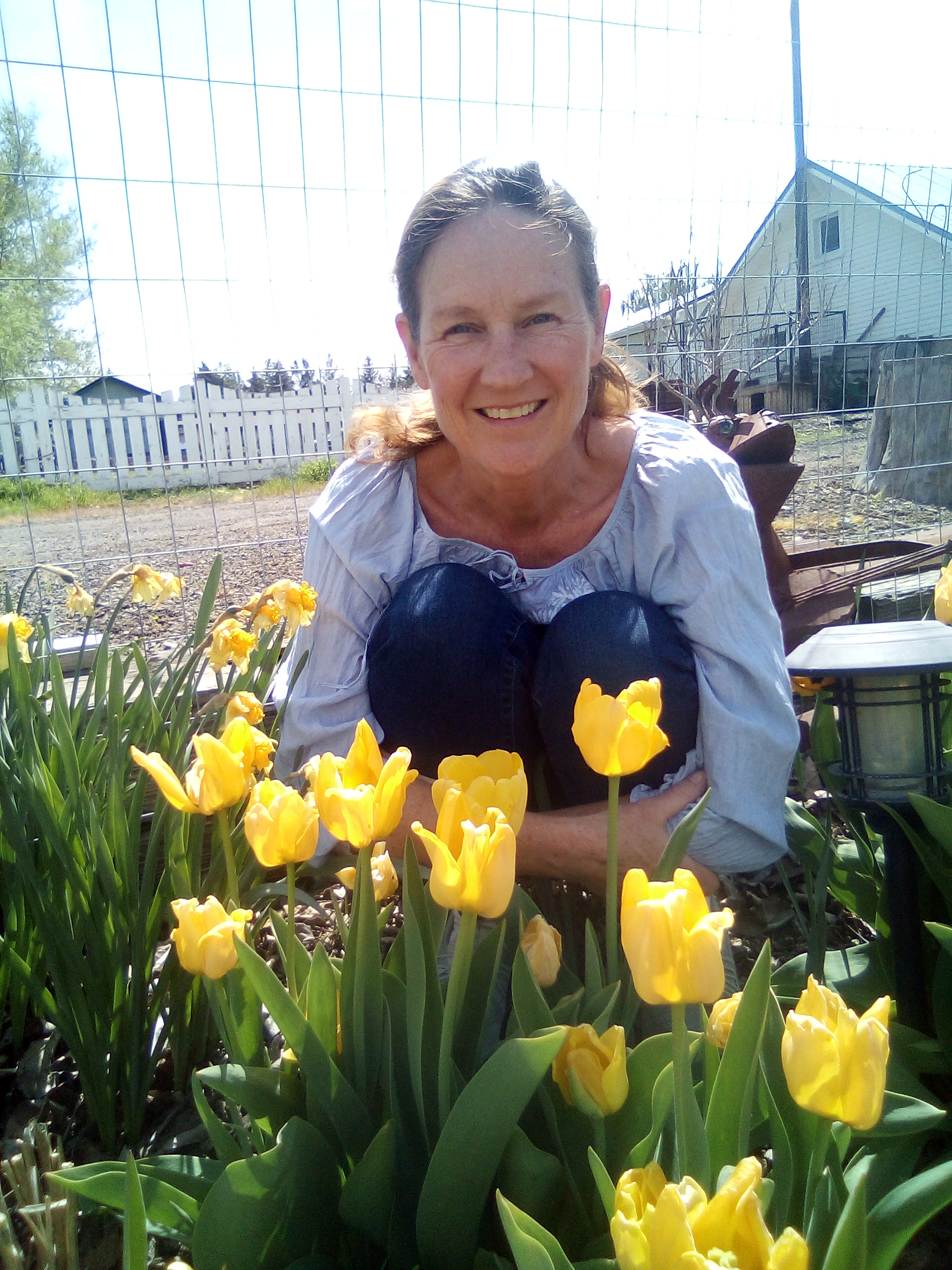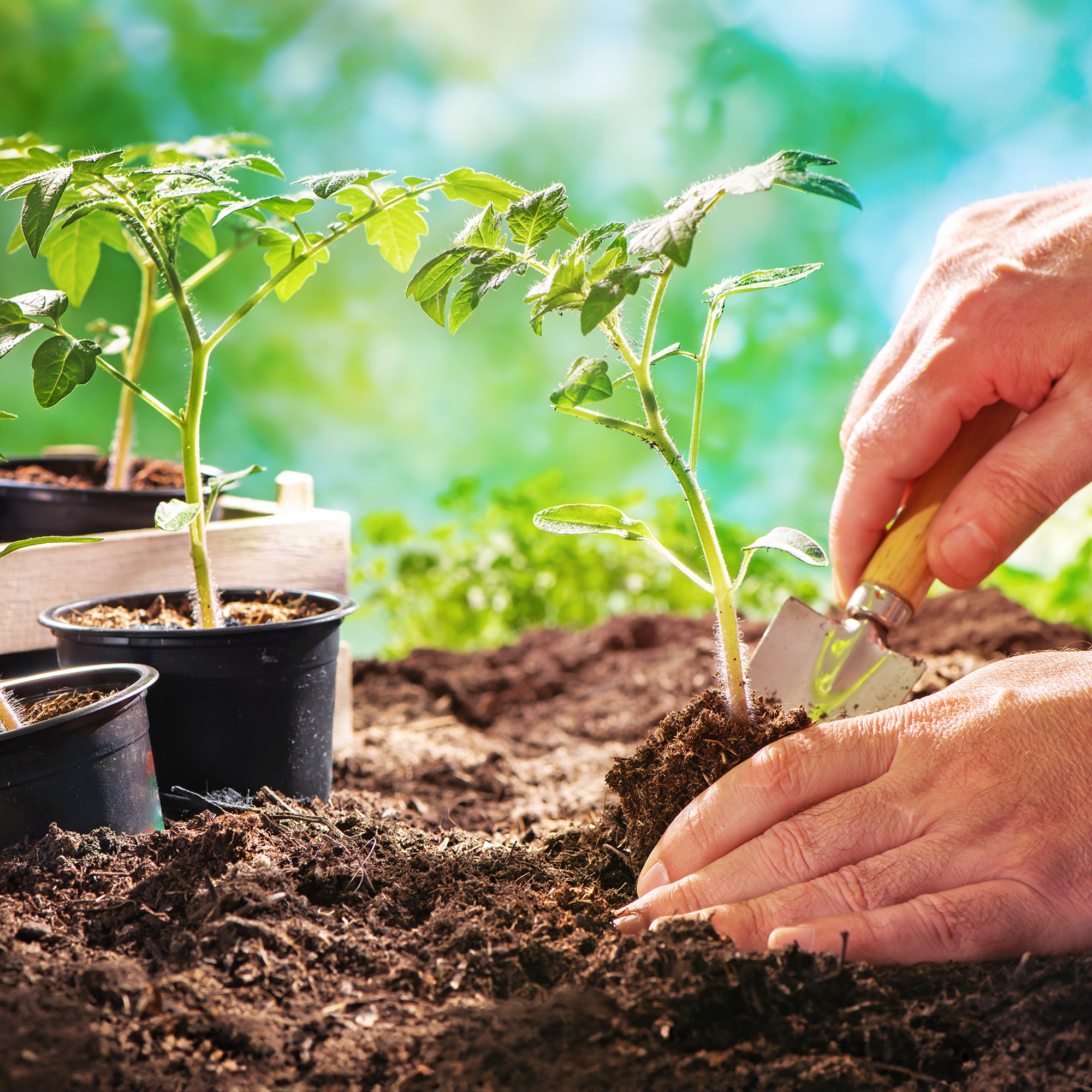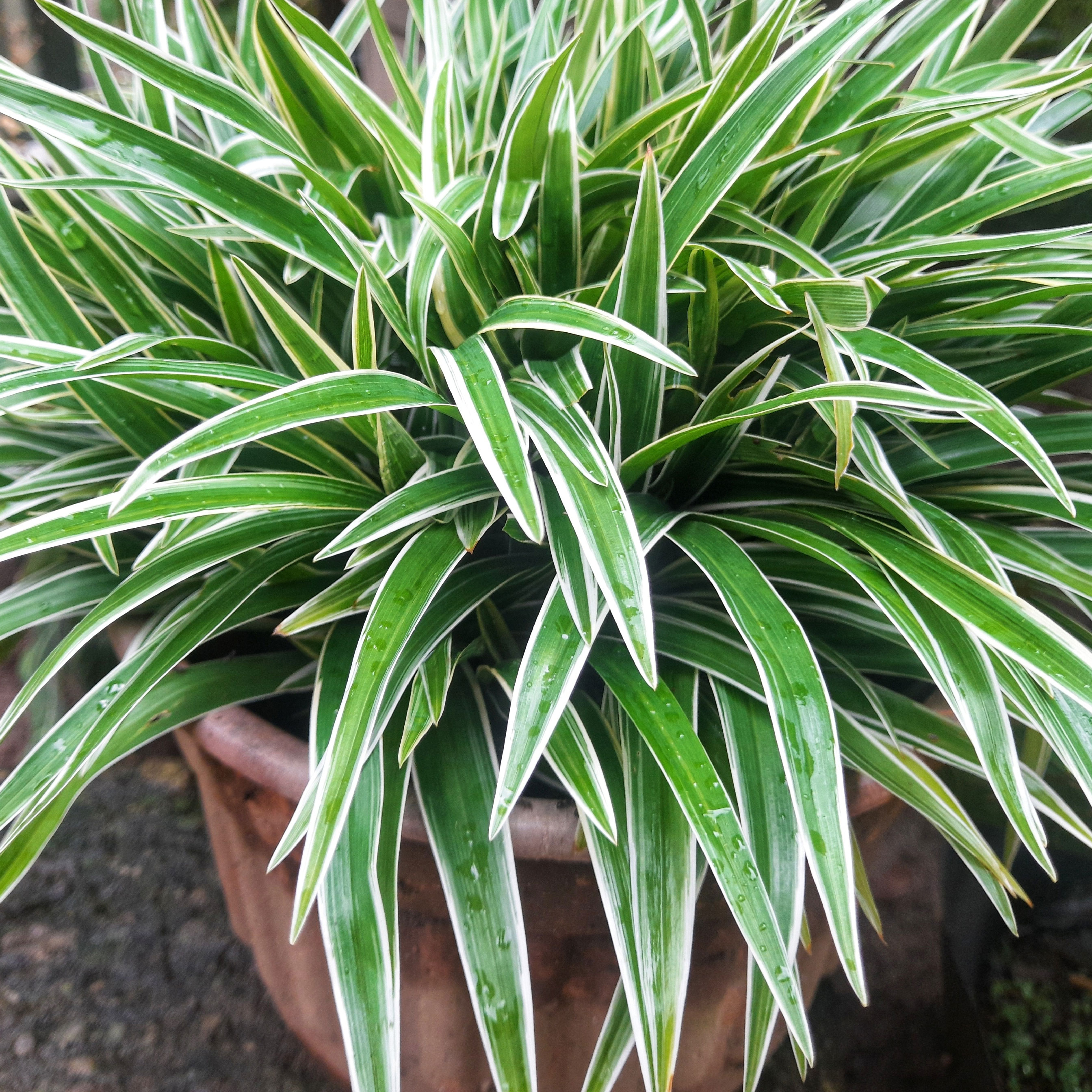How To Grow Carrots - Growing Carrots In The Garden
Grow some crunchy carrots in your garden with these easy tips for some crispy-sweet nutrition.


Known for their helpfulness in eye health, carrots are also high in vitamins K and A, a good source of fiber, and are very versatile in cooking.
The first carrots were cultivated in Afghanistan around 900 AD and were purple or yellow. Our common orange variety didn’t come into being until the 15th or 16th centuries.
Today we can enjoy them in a rainbow of colors. The carrot plant is a root vegetable and one of the easier plants to grow when starting a vegetable garden. Some tips on how to grow carrots can help avoid splitting, warping, and insect damage.
How to Grow Carrots
Carrot seeds are very tiny. It can be helpful when seeding carrots to use a manual seed dispenser which will only disperse single seeds at each depression. Otherwise, broad sowing will require thinning to allow each root room to grow and keep them from warping in shape.
- Light Select a location in the garden that has full sun for growing carrots. Ideally, the carrot plant should receive 6-10 hours of sunlight. Carrots grown in less sun will not produce robust roots, which is the part of the plant we enjoy.
- Water Carrot plants need to be kept moderately moist. Give the plants 1 inch ( 2.54 cm.) of water per week. Carrots that get too much moisture will rot, while those with too little, will misshape and become bitter. Water deeply and thoroughly and allow the soil to dry a bit before rewatering. Reduce the amount of water when the roots are ¾ of their mature size to prevent splitting.
- Temperature & Humidity Carrots are cool-season vegetables. When grown in the high heat of summer they will bolt. Begin planting when the soil temperature achieves 40 degrees Fahrenheit ( 4.44 C.). Expect germination at temperatures of 45-85 F ( 7-29 C.). In areas with naturally high humidity, carrot diseases can become an issue. Temperatures between 60-70 F ( 15.6-21 C) will produce the tastiest roots.
- Soil When learning how to grow carrots, soil is one of the more crucial factors. The best soil for carrots is fertile, deeply tilled and loose, and slightly sandy. Soil must percolate well to avoid root rots, and it should be loose so the maturing root doesn’t distort. The soil should be free of rocks, other roots, and debris. The best soil pH is 6.0-6.8, but many varieties can grow in 5.5-7.5. Avoid planting carrots in soil that develops a crust after irrigation or rain as this will make it difficult for seedling emergence. My soil is this type, and I have to amend it every year with compost mixed into it deeply or my carrots end up looking like cartoon characters.
- Fertilizer Carrots are root vegetables and do not need much nitrogen. Too much nitrogen will cause the root to branch. Prior to planting mix a 10-10-10 granular fertilizer into the top 3 inches ( 7.62 cm.) of the soil.
- Problems, Pests & Diseases While the carrots are young, it is essential to keep weeds out of the area. They compete with the young plants which are slow to grow and need all available moisture and nutrients. Mulch around the plants with clean, organic material to keep weeds at bay.
- Carrot root fly maggots are extremely damaging pests. They feed on the roots and destroy them. Harvest roots early to prevent damage.
- Carrot weevils will overwinter in garden debris. Clean up the veggie patch at the end of the year. Beneficial nematodes are available to combat this pest. Leafhoppers can transmit the disease aster yellows. Use floating row covers to protect the plants. Overwatering can encourage fungal rot diseases, while compacted soils will result in malformed roots.
How to Plant Carrot Seeds
It is helpful to use seed tape or pelleted seed to provide more even spacing. If doing the sowing by hand, make sure you thin the plants when they are 3 inches ( 7.62 cm.) tall. Sow seeds ¼ inch ( .64 cm.) deep.
Pruning
Carrot plants do not require pruning but they do need thinning. The plants should be at least 2 inches ( 5 cm.) apart.
Propagation
The best way to grow these root vegetables is by seed. Seed is readily available and can be saved if you allow the previous season’s crop to flower.
Gardening tips, videos, info and more delivered right to your inbox!
Sign up for the Gardening Know How newsletter today and receive a free copy of our e-book "How to Grow Delicious Tomatoes".
Growing Carrots in Containers
With a little bit of know how, it's easy to grow carrots in containers. Just make sure the container is deep enough to accommodate the root length. Carrots do not like to be transplanted so seedlings will need enough room to mature in the container in which they were sown.
How & When to Harvest Carrots
The exact date to sow, and therefore harvest, will depend on your zone. However, on average, carrots should be started when soils have warmed and heavy frosts have passed. Generally, this would be April. A late-season sow can occur in late August for a fall crop. I am able to overwinter plants and harvest carrots them all winter from the ground when it is not frozen.
Common Carrot Varieties
Below are three of the most common carrot varieties for home gardens:
Nantes- Nantes carrots have a very sweet flavor and are medium-sized with blunt tips
Danvers- Danvers carrots are thick and medium-length
Chantenay- Chantenay carrots are short and broad at the top
FREQUENTLY ASKED QUESTIONS
What Is the Best Month to Plant Carrots?
Carrots can be planted in early spring. Depending upon the zone, this may be March, April, or May. Late-season sowing should take place a month before frost.
How Long Does a Carrot Take to Grow?
Carrots are pretty slow at the onset. They may take anywhere from 1-3 weeks to germinate. Most varieties will be ready in 70-80 days from planting.

Bonnie Grant is a professional landscaper with a Certification in Urban Gardening. She has been gardening and writing for 15 years. A former professional chef, she has a passion for edible landscaping.
-
 Best Soil Tor Tomatoes: How To Cultivate The Perfect Blend & Add Amendments For A Bountiful Harvest
Best Soil Tor Tomatoes: How To Cultivate The Perfect Blend & Add Amendments For A Bountiful HarvestGive your tomato plants the foundation they need. Learn how to mix the ideal soil and choose the right amendments for your most abundant harvest yet.
By Amy Grant
-
 Want To Know How To Make A Spider Plant Bushier? 4 Secrets For Lush & Bushy Spiders
Want To Know How To Make A Spider Plant Bushier? 4 Secrets For Lush & Bushy SpidersAre you looking for ways to make your spider plant look bigger or more dramatic? Follow these quick and easy tips on how to make a spider plant bushier
By Teo Spengler